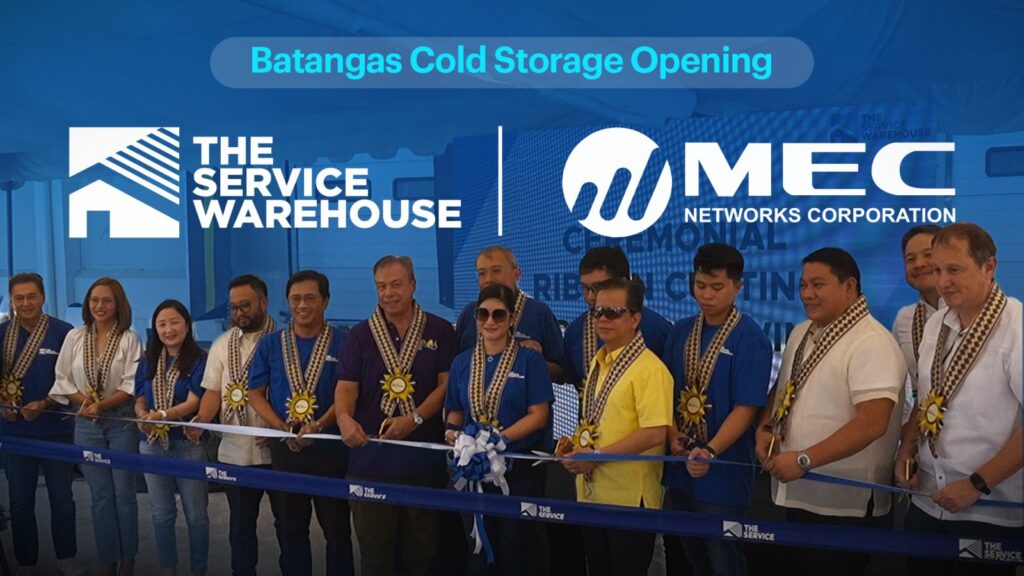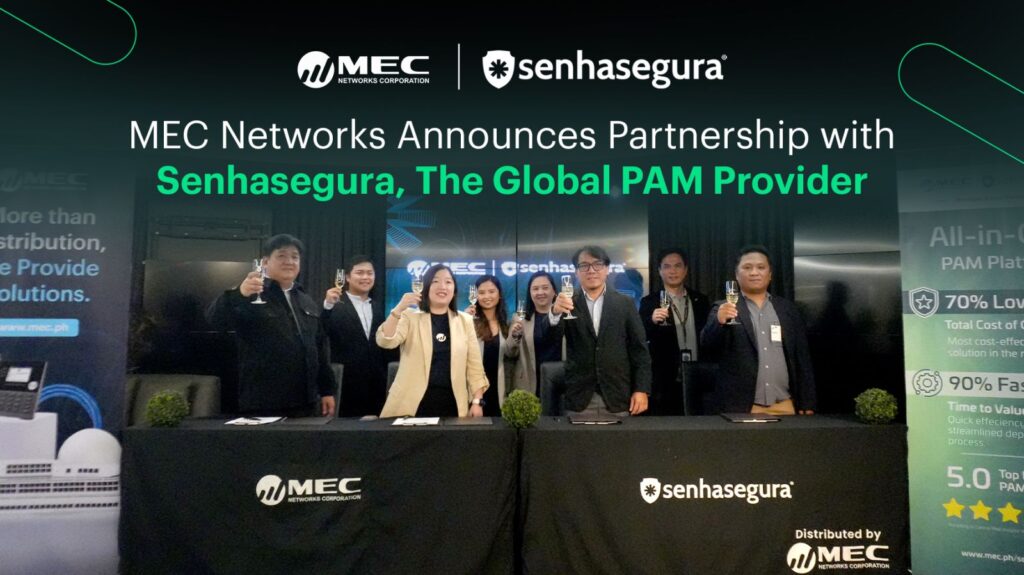Comparing virtual private networks (VPNs) and older solutions, zero-trust network access (ZTNA) is a superior remote access option. However, many companies continue to depend on unsafe and ineffective solutions rather than switching to ZTNA.
Often, businesses have probable reasons for not embracing ZTNA. We will look deeper into some of the most typical concerns now.
5 Common ZTNA Challenges
1. A VPN is adequate.
One of the most fundamental reasons why a company would not want to switch its VPN to ZTNA is because they have constantly used a VPN, and it has benefitted them. If distant users can connect to the resources they require, making a convincing argument for a transition may be challenging. But even if the VPN infrastructure of a company is operating effectively, security still has to be taken into account.
A VPN is intended to enable unlimited, private access to the business network to a distant user. As a result, VPNs lack application-level access restrictions as well as integrated security. As a result, fraudsters frequently target VPNs since a single leaked set of credentials may offer all of the access required for a data breach, ransomware infection, or other assaults.
ZTNA, on the other hand, grants access on a case-by-case basis depending on user and application-level access rules. If an attacker gains access to a user’s account, their ability to cause damage is restricted by the user’s permissions.
2. ZTNA is challenging to deploy.
While installing ZTNA as a standalone solution might be difficult, doing it as part of a Secure Access Service Edge (SASE) solution can make the process easier. Deploying a managed SASE solution is as simple as directing infrastructure to the nearest SASE point of presence (PoP) and installing the necessary access restrictions.
3. We need VPNs for compliance.
Numerous data protection and industry rules restrict most organizations. These requirements frequently require that a business implement specific security measures and may prescribe particular solutions.
However, rules are continuously changing, and VPN restrictions are widely recognized. As authorities begin to seek and mandate a zero-trust approach to security within businesses, technologies such as VPNs that are not intended for zero trust will be phased out of regulatory guidelines.
4. We have already invested in our VPN system.
When the pandemic prompted a shift to remote work, many firms chose to extend their current VPN infrastructure rather than study alternatives. As a result, many businesses have invested in a solution that, to some extent, fits their remote work requirements.
However, the practical difference between a VPN and a ZTNA solution might greatly surpass these expenditures. ZTNA offers comprehensive access management, which helps lower the cost of a data breach and simplifies an organization’s regulatory compliance plan. A ZTNA solution effectively prevents a data breach by preventing unauthorized access to sensitive data, so it was as if it had paid for itself.
5. Our security team is overburdened with our current solutions.
Nowadays, many firms’ security departments are having difficulty keeping up. Companies have difficulty hiring and maintaining trained individuals due to the cybersecurity skills gap. A vast array of security solutions that generates unmanageable alerts and the need to configure, monitor, and administer numerous independent solutions also cause this phenomenon. As a result, the prospect of implementing, configuring, and learning yet another solution may be unappealing.
One of the primary benefits of ZTNA is that it simplifies security monitoring and administration, more so when used in conjunction with a SASE solution. SASE removes duplicates by combining different security tasks into a single network-level solution, allowing a single console to manage security monitoring and administration. SASE decreases the load on security teams by lowering the number of dashboards and alerts that analysts must manage, allowing them to better keep up with an increasing threat landscape and expanding corporate IT infrastructure.
ZTNA is the Future of Remote Access
On paper, many businesses have solutions that provide the capabilities and functionality required to enable a remote workforce and secure access to corporate applications. Legacy technologies, such as VPNs, lack essential access controls and security capabilities, making a business open to attack.
Organizations will seek solutions that suit their security demands and regulatory requirements as the zero-trust security paradigm gains traction and is implemented by legislation. ZTNA fits these requirements, particularly as part of a SASE solution.





